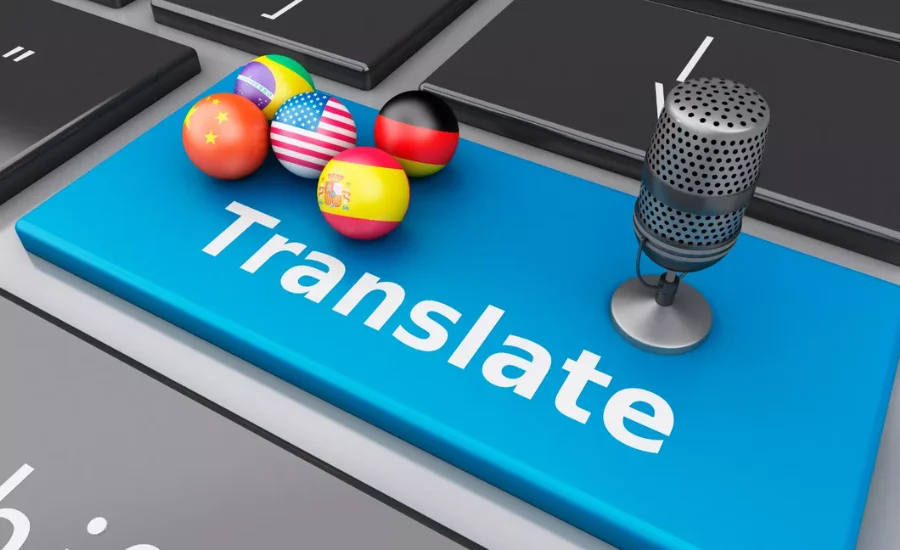In our increasingly interconnected world, translators (Fordaító) are more important than ever. They bridge communication gaps between cultures and adapt content for different markets, making sure that language is never a barrier to understanding. This article takes a deep dive into the fascinating world of translation, exploring its rich history, the various types of translation services, the crucial role of translators, and much more.
The History of Translation
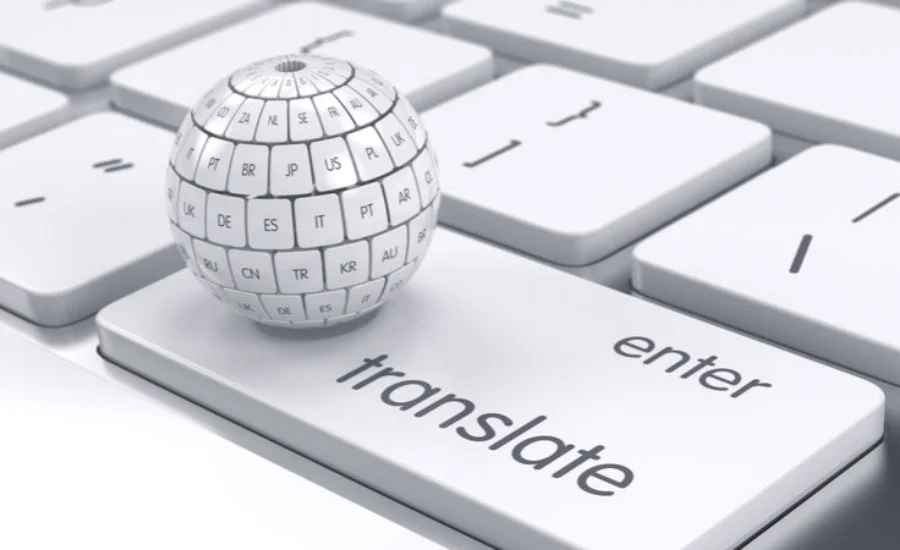
Evolution Over Time
Over the centuries, translation has transformed from a basic activity into a sophisticated profession. The invention of the printing press in the 15th century significantly increased the demand for translations, particularly for literary and religious works. This period marked a turning point, making translated texts more accessible to a broader audience.
Early Beginnings
Since ancient times, translation has been essential to human culture. The Sumerian epic poem “Gilgamesh” and other holy texts are among the earliest translations that are known to exist. The necessity for spoken and written language translation increased with the expansion of trade routes, promoting cross-cultural dialogue and interaction.
Key Milestones
There have been several pivotal moments in the history of translation. Notable milestones include the translation of the Bible into numerous languages, which made religious texts accessible to more people; the Rosetta Stone’s role in decoding Egyptian hieroglyphs, which was crucial for understanding ancient Egyptian civilization; and the development of formal translation theories in the 20th century, which established guidelines and standards for the practice of translation.
The Role of a Translator (Fordaító)
A competent translator must possess outstanding language abilities in both the source and target languages, a deep comprehension of the subject, and a sharp awareness of cultural differences. For work management and consistency, they frequently depend on tools like Computer-Assisted Translation (CAT) software, including SDL Trados and MemoQ. There are typically multiple steps involved in the translation process: comprehension of the source text, translation, editing, and proofreading. It’s also typical for translators (Fordaító) to collaborate closely with other translators and subject matter experts to ensure everything is precise and of the highest calibre.
Advantages of Professional Translation Services
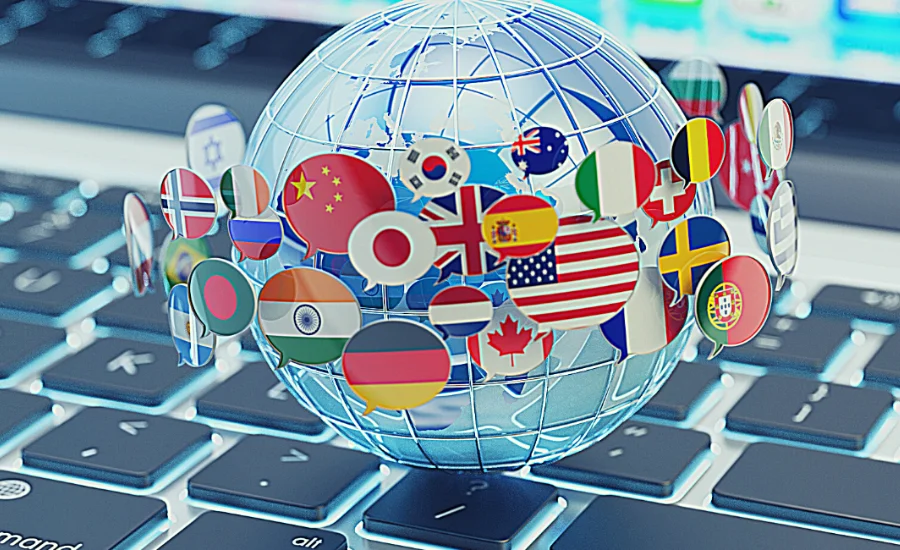
Professional translators Like Fordaító deliver high-quality and precise translations, ensuring effective communication of the intended message. They excel in navigating cultural nuances, ensuring that the translated content is appropriate and resonates well with the target audience. In specialized fields such as legal and medical translation, these services guarantee compliance with local laws and regulations, maintaining accuracy and legality. Moreover, professional translators uphold industry standards and ethical practices, offering dependable and confidential services that clients can trust.
Translation Service Options
Literary Translation involves the art of translating literary works like novels, poems, and plays. It requires more than just knowing the languages involved; it demands a deep understanding of literary techniques and cultural contexts to capture the original work’s essence and emotional nuances.
Technical Translation focuses on translating technical documents such as manuals, user guides, and materials from fields like engineering and IT. Accuracy is crucial here to ensure that complex technical information is communicated clearly and precisely.
Legal Translation deals with translating legal documents such as contracts, treaties, and legal proceedings. It requires expertise in legal terminology and practices to ensure the translated documents are accurate and legally valid.
Translation of medical texts, including research articles, patient records, and prescription literature, is known as medical translation. To effectively communicate crucial healthcare information, one must have a solid understanding of medical jargon and adhere to tight confidentiality guidelines.
By modifying website content to suit the linguistic and cultural preferences of particular target audiences, website localization goes beyond translation. It guarantees that the website is not only linguistically accurate but also aligns with the cultural norms and expectations of users across various locations.
Difficulties Faced in Translation
Translating cultural nuances accurately poses one of the most significant challenges in translation. Idioms, humor, and cultural references can be particularly tricky to convey effectively without losing their original meaning or intent.
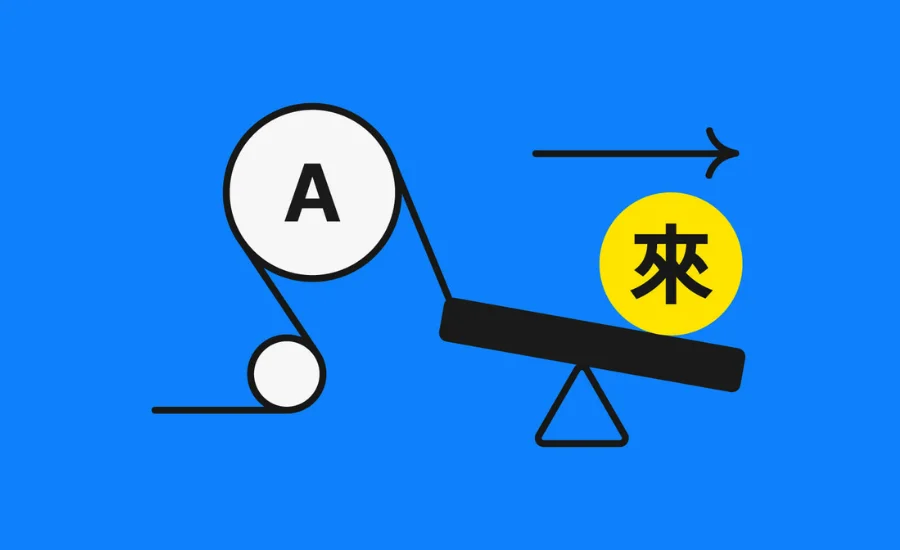
Language idioms present another obstacle as they often do not translate directly. Translators need to find creative solutions to preserve the essence and intended message while adapting idiomatic expressions to make sense in the target language.
Technical jargon adds complexity, especially in specialized fields like medicine or law, where precise translation is crucial to avoid misunderstandings and ensure accuracy.
Maintaining both correctness and faithfulness to the original text, while ensuring clarity in the target language, requires skill and careful attention throughout the translation process.
Professional translation services offer numerous benefits, including high quality and accuracy in translations. They excel in navigating cultural nuances to ensure that the translated content resonates appropriately with the audience. In legal and medical fields, these services guarantee compliance with local regulations, providing reliable and confidential translations that meet industry standards and ethical guidelines.
Choosing a skilled translator
Credentials to Consider
If you are choosing a translator, give preference to those that have official qualifications from respected organisations like the American Translators Association (ATA). These certifications show a translator’s expertise and commitment to industry best practices.
Reviews and Testimonials
Before making a decision, review feedback and testimonials from previous clients. This firsthand information provides insights into the translator’s reliability, quality of work, and overall satisfaction of their services.
Price and Quality Balance
Although cost is an important consideration, it should not be the sole deciding factor when selecting a translator. It is essential to prioritize quality and expertise in the decision-making process. Accuracy and a deep understanding of the subject matter are critical for ensuring that translations are effective and convey the intended message accurately across languages. By focusing on quality and the translator’s expertise, you can ensure that your translation needs are met with precision and professionalism.
Commonly Used Translation Software
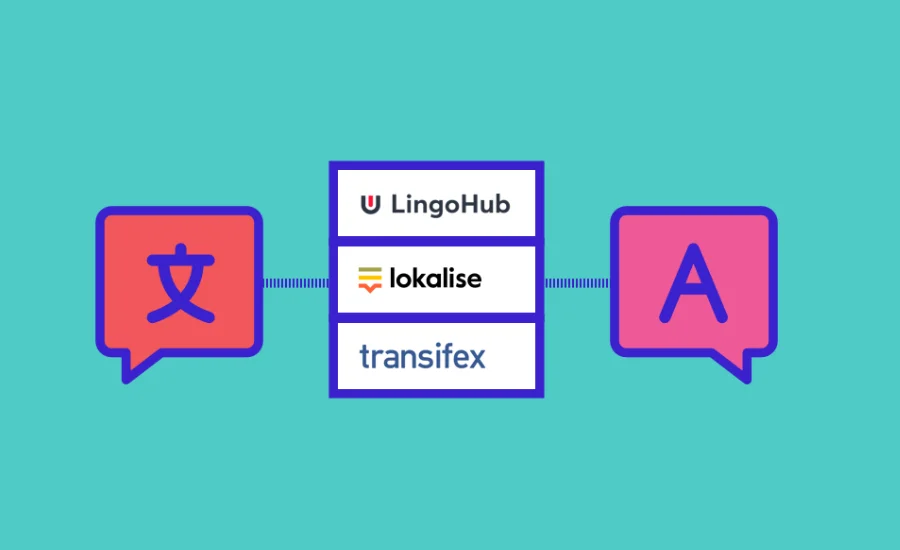
Machine Translation Engines Like Fordaító
Machine translation engines like Google Translate and fordaító provide instant translations, but they often lack the nuanced understanding and accuracy that human translators offer. While they can be useful for quick reference, human intervention is necessary for complex or sensitive content to ensure accuracy and context-appropriate translations.
Computer-Assisted Translation (CAT) Tools
SDL Trados and MemoQ are two examples of CAT technologies that are essential for organising and improving translation workflows. By keeping translated pieces for later use, they guarantee efficiency and consistency, increasing productivity and upholding quality standards.
Dictionary and Thesaurus Resources
Dictionary and thesaurus searches are essential for translators to locate exact definitions, synonyms, and instances in context. In order to produce polished and contextually relevant translations, these tools are essential for choosing the most accurate and acceptable terms and idioms.
Machine Translation versus Human Translation
Because machine translation software is fast and affordable, it’s a great tool for digesting vast amounts of text quickly and quickly understanding a document’s main idea. On the other hand, it could miss the finer points, tones, or cultural quirks that are essential for high-stakes translations when precision counts.
However, human translators are invaluable for jobs requiring accuracy and sensitivity because of their exceptional ability to handle nuance, tone, and cultural context. They make sure the translated material properly connects with the intended audience and appropriately delivers the idea.
The choice between machine and human translation depends on the specific needs of the task. Machine translation is beneficial for routine and straightforward tasks where a basic understanding suffices. In contrast, human translation is essential for more complex and nuanced work such as legal documents, marketing materials, or literary texts, where accuracy and cultural adaptation are critical. For important documents or projects requiring a nuanced understanding of language and context, human translators provide the expertise needed to deliver high-quality translations that meet professional standards and client expectations.
Myths About Translation

Translation involves working with written text to render it accurately and effectively into another language, whereas interpretation deals with spoken language, requiring real-time translation during conversations or events. Both disciplines demand distinct skill sets and approaches to ensure accurate communication across languages.
There is a common but false belief that someone who speaks a language well is inherently qualified to translate. Beyond just knowing the language, effective translation requires specific knowledge and training in grammar, syntax, cultural nuances, and context. Professional translators go through a demanding educational programme and never stop learning in order to hone their skills and produce translations that accurately represent the source text in all languages.
Translation Across Various Industries
Correct translation is essential for worldwide campaigns in business and marketing to engage a variety of audiences. It makes sure that brand messaging are truly understood in a variety of languages and cultural contexts, assisting companies in forging lasting bonds with clients and growing their global market share.
Accurate translation is vital to the healthcare industry; it’s not just an issue of convenience. It guarantees that patients get accurate medical information, directions for their course of treatment, and healthcare advice in their native tongue. This guarantees that patients, irrespective of language obstacles, comprehend and heed medical advice, so empowering healthcare providers to give better care.
Legal and governmental translation demands a deep understanding of legal terminology and processes. It ensures compliance with local laws and regulations, accurate interpretation of legal documents like contracts and legislation, and effective communication between legal systems and government agencies across borders. This clarity is essential for maintaining legal integrity and facilitating international cooperation.
Education benefits greatly from translation by making learning materials accessible globally. It ensures that textbooks, research papers, and educational resources are available in multiple languages, promoting inclusivity and enabling students worldwide to access quality education. This exchange of knowledge across languages enriches educational experiences and fosters global understanding and collaboration in academia.
The Evolution of Translation
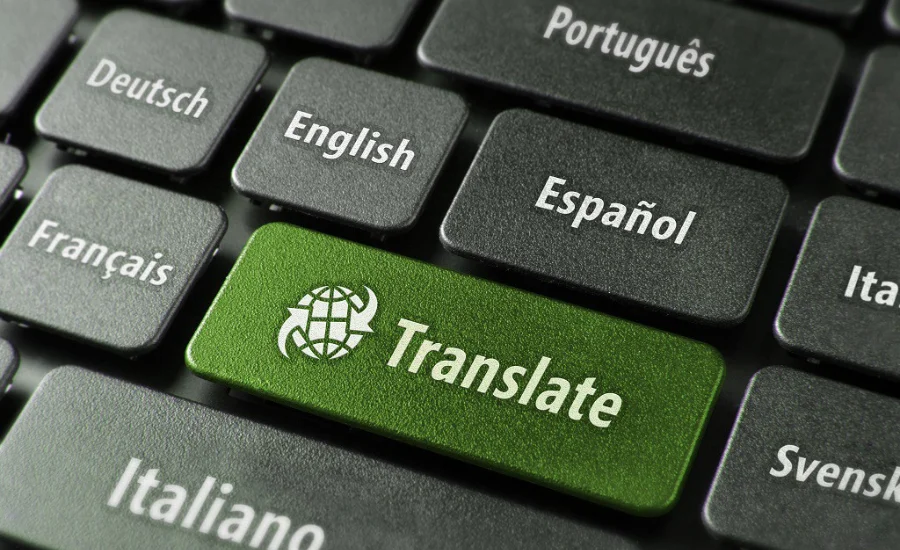
Translation is changing at a faster and more accessible rate than it has in the past because to artificial intelligence and machine learning. These technological advancements facilitate automatic translation procedures that can effectively manage substantial amounts of text. However, when it comes to duties requiring sophisticated interpretations and nuanced understanding—where cultural context, tone, and subtleties are crucial—human translators are still invaluable.
The development of real-time translation technology opens up new channels for smooth multilingual communication. Instantaneous translation during discussions is made possible by this technology, which removes language barriers and promotes more seamless interactions in a variety of international contexts.
Despite the advancements in technology, the role of human translators remains crucial. They possess the expertise to navigate cultural nuances, adapt content appropriately, and ensure accuracy in sensitive or specialized contexts such as legal documents or creative content. Human translators bring a level of understanding and empathy that machines cannot replicate, making them essential for delivering high-quality translations that resonate effectively with diverse audiences.
Also Read: Faspeinfo
Fordaító Final Words
In our interconnected world today, translators (Fordaító) are more crucial than ever. They’re not just language experts; they’re cultural ambassadors, ensuring that ideas and messages are understood across borders with accuracy and empathy. While technology like machine translation offers speed, human translators add a vital layer of understanding. They preserve the nuances of tone and context, making sure translations resonate authentically. Whether it’s in business, healthcare, education, or law, their expertise bridges gaps, fostering meaningful global communication. In a world where effective dialogue is key, translators play a vital role in connecting people, ideas, and cultures—ensuring that language never becomes a barrier to understanding and collaboration.
(FAQs) About Fordaító
What is translation (Fordaító)?
Translation, or Fordaító in Hungarian, is the process of rendering written text from one language into another while maintaining its original meaning, tone, and context.
Why is translation important in today’s world?
Translation is vital for overcoming language barriers and enabling effective communication across cultures and countries. It ensures that ideas, information, and messages can be shared and understood globally.
What skills do translators (Fordaító) need?
Translators require excellent proficiency in both the source and target languages, deep cultural understanding, and the ability to convey nuances accurately. They also use tools like Computer-Assisted Translation (CAT) software to enhance efficiency and consistency.
What are the different types of translation services?
Translation services include a wide range of industries, including website localization, technical, legal, and literary translation. For each speciality to provide translations that are precise and suitable for the target environment, specialised knowledge and experience are needed.
How does translation benefit different industries?
Translation supports industries like business, healthcare, education, and law by facilitating global communication, ensuring compliance with regulations, and making information accessible to diverse audiences worldwide.
Why choose human translators over machine translation?
Human translators offer nuanced understanding, cultural sensitivity, and the ability to handle complex texts effectively. While machine translation is fast, it may lack accuracy and context, especially in sensitive or specialized content.
How can I choose the right translator (Fordaító) for my needs?
Look for translators with relevant qualifications, experience in your industry or field, and positive client testimonials. Prioritize quality and expertise to ensure your translations meet professional standards and effectively communicate your message.
What role does technology play in translation today?
Technology like CAT tools and machine translation engines supports translators by enhancing efficiency and productivity. However, human translators remain essential for tasks requiring creativity, cultural adaptation, and precise language interpretation.
Why is accurate translation important in specialized fields like legal and medical?
In fields such as law and medicine, accurate translation is critical for compliance, legal validity, and ensuring patients or clients receive correct information and advice in their native language.
How does translation contribute to global understanding and collaboration?
Translation promotes cultural exchange, facilitates learning across borders, and fosters international cooperation by ensuring that knowledge and ideas can be shared and understood globally.

